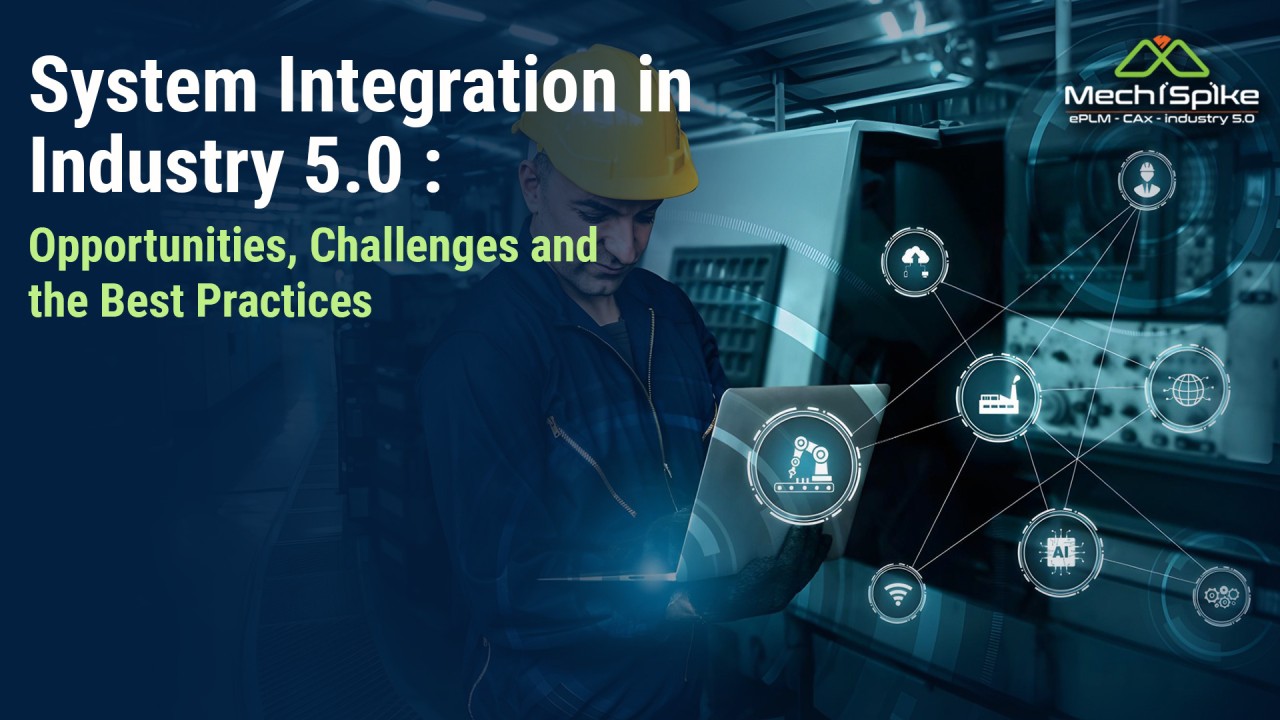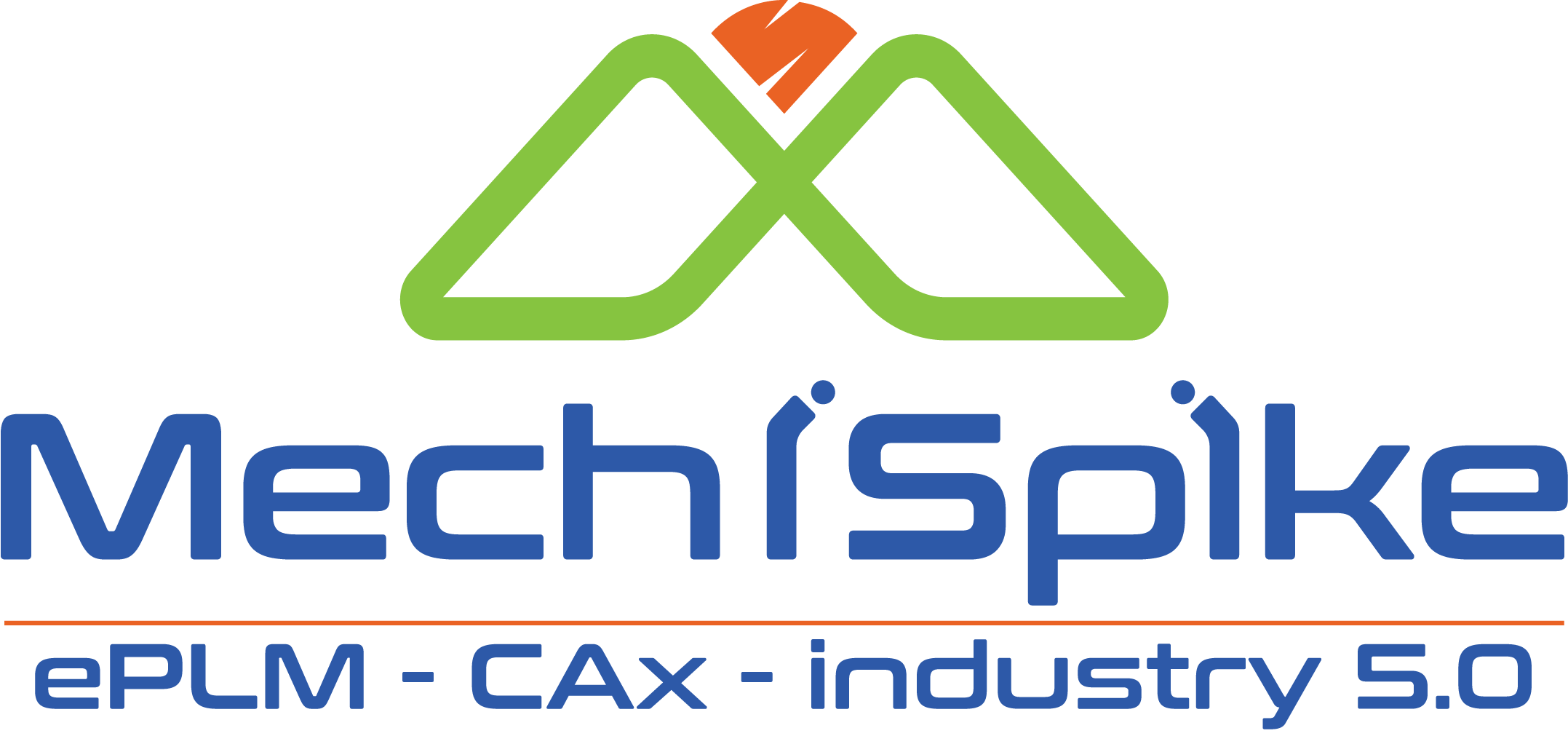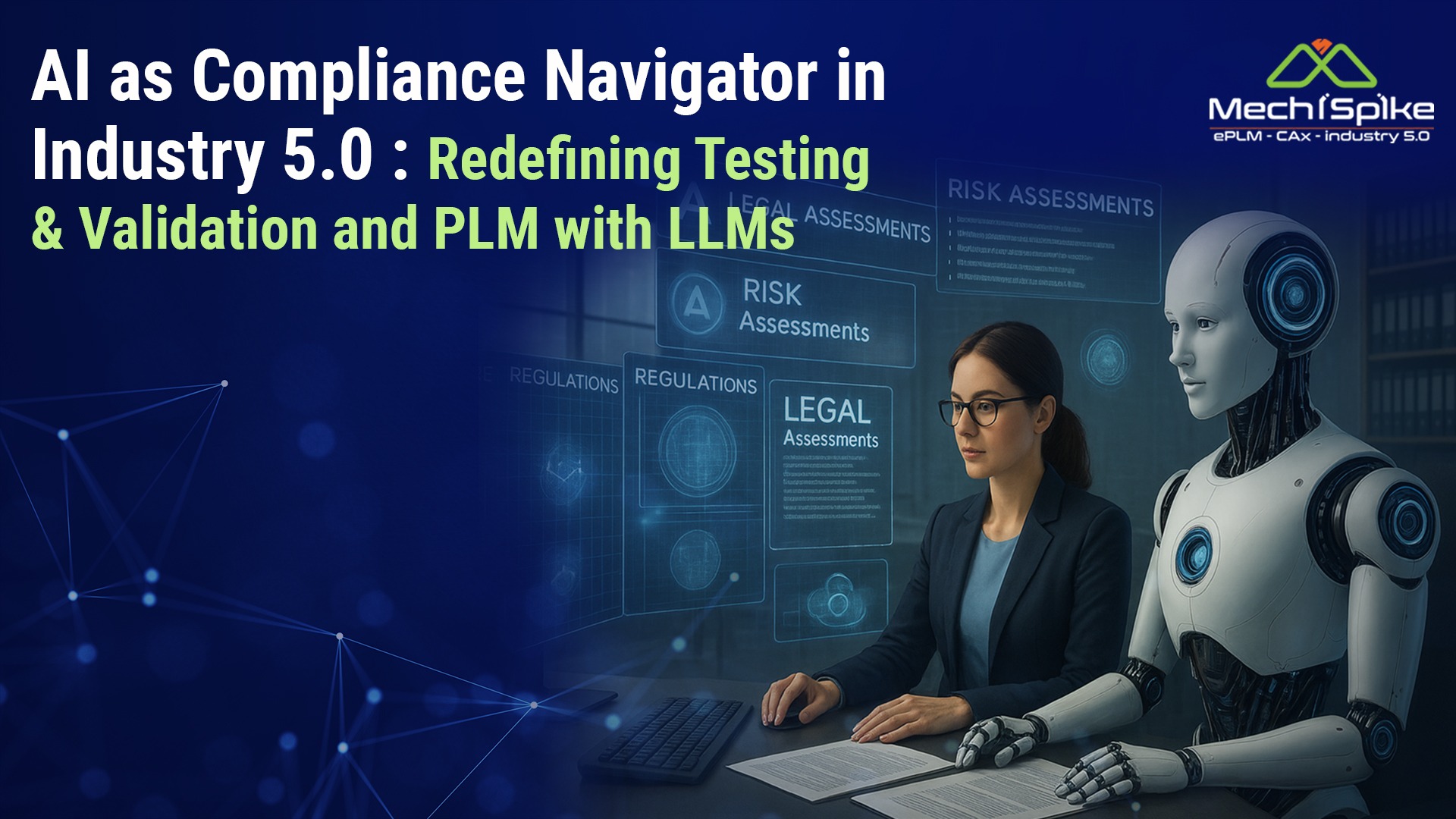
System Integration in Industry 5.0: Opportunities, Challenges and the Best Practices
In this article, let’s deep dive into System integration – which is the cornerstone of success in Industry 5.0.
System Integration in Industry 5.0: Opportunities, Challenges and the Best Practices
As we step into the era of Industry 5.0, the manufacturing world is undergoing a transformative shift—one that goes beyond efficiency and automation.
At the heart of this Industry 5.0 evolution lies system integration, a critical enabler for manufacturers aiming to unify their digital infrastructure, harness artificial intelligence (AI), and foster human-machine collaboration.
This article explores the opportunities and challenges of system integration in the context of Industry 5.0 and outlines best practices for choosing strategic middleware that bridges the gap between legacy and modern systems.
What Is Industry 5.0?
Industry 5.0 is not just a continuation of Industry 4.0’s automation and data-centricity—it’s a human-centric, resilient, and sustainable approach to manufacturing.
While Industry 4.0 focused on IoT, cyber-physical systems, and big data, Industry 5.0 brings humans back into the loop by emphasizing:
- Collaboration between humans and intelligent machines
- Customization and personalization of products
- Sustainability in production and energy use
- Responsiveness to societal and environmental needs
This shift requires manufacturers to go beyond individual technologies and toward an integrated, intelligent, and flexible system architecture.
Understanding System Integration
System integration is the process of connecting different IT systems, software applications, and hardware devices into a cohesive whole.
For manufacturers, this may involve integrating:
- ERP (Enterprise Resource Planning)
- MES (Manufacturing Execution Systems)
- PLM (Product Lifecycle Management)
- CRM (Customer Relationship Management)
- SCADA, IoT sensors, and legacy production systems
In the Industry 5.0 context, system integration plays a pivotal role in enabling real-time data flow, seamless collaboration, predictive analytics, and adaptive manufacturing.
How AI Accelerates System Integration
Artificial Intelligence (AI) is a powerful force multiplier for system integration:
- Smart Data Mapping: AI can automate complex data transformations between systems with different data models.
- Predictive Maintenance: Integrated AI-driven systems can detect machine failures before they occur.
- Intelligent Decision Support: AI unifies and interprets data across systems to assist humans in making faster, better decisions.
- Cognitive Middleware: AI-enhanced middleware can learn system behaviors and adapt integrations dynamically.
In short, AI transforms integration from a static IT task to a dynamic business enabler.
Opportunities in System Integration for Industry 5.0
1. Real-Time Decision-Making
Integrated systems can feed real-time data from the shop floor to decision-makers, enabling dynamic adjustments to production and supply chain activities.
2. Hyper-Personalized Manufacturing
By connecting PLM, ERP, and CRM systems, manufacturers can deliver customized products at scale, aligned to specific customer needs and preferences.
3. Human-Machine Synergy
Seamless integration of cobots, AI agents, and human interfaces can support collaborative environments where machines empower rather than replace human workers.
4. End-to-End Traceability
Full visibility across the value chain—from raw materials to final delivery—improves compliance, quality assurance, and sustainability tracking.
5. Platform Ecosystems
Integration opens the door for platform-based business models, allowing manufacturers to connect with suppliers, partners, and customers in new value networks.
Challenges in System Integration
1. Legacy System Compatibility
Many manufacturers still rely on outdated or custom-built systems that are not designed for modern integration protocols or cloud-based environments.
2. Data Silos
Disconnected systems lead to fragmented data, reducing the quality and reliability of insights derived from analytics and AI.
3. Cybersecurity Risks
Integration expands the attack surface. Ensuring secure data transfer across integrated systems is essential but complex.
4. High Integration Costs
System integration projects can be expensive and time-consuming, especially when dealing with multiple vendors and heterogeneous technologies.
5. Skill Shortages
Successfully integrating systems requires a combination of domain expertise, IT skills, and familiarity with integration tools—an often scarce combination in the workforce.
Best Practices for Strategic Middleware Selection
Middleware is the digital glue that binds systems together. Choosing the right middleware is crucial for successful integration. Below are the best practices:
1. Adopt an API-First Approach
Look for middleware that supports RESTful APIs, SOAP, and GraphQL. An API-first strategy ensures modularity, flexibility, and future-proofing.
2. Prioritize Low-Code or No-Code Platforms
Middleware with visual interfaces or low-code features empowers business users and reduces dependence on IT resources.
3. Ensure Interoperability with Legacy Systems
Choose platforms that support common industry standards (e.g., OPC UA for manufacturing, EDI for supply chains) and offer connectors for older systems.
4. Focus on Real-Time Data Processing
Middleware should support event-driven architecture and streaming data, enabling real-time alerts, analytics, and machine-to-machine communication.
5. Built-In AI and Analytics Support
Look for platforms that integrate AI capabilities such as anomaly detection, predictive modeling, and intelligent orchestration.
6. Strong Security & Compliance Features
Middleware should include role-based access, encryption, and compliance tools (GDPR, ISO 27001, etc.) to safeguard data and maintain trust.
7. Scalability and Cloud Compatibility
Middleware should scale horizontally and support hybrid cloud and multi-cloud environments to meet future demands.
8. Vendor Ecosystem & Support
A strong partner ecosystem and responsive support services can drastically reduce integration time and troubleshooting efforts.
Summary
System integration is the cornerstone of success in Industry 5.0.
For product manufacturers, the ability to unify systems—old and new—is what will determine their adaptability, innovation capacity, and competitiveness in this new human-machine collaborative age.
AI is accelerating this transformation by making integration smarter, faster, and more dynamic.
However, challenges like legacy compatibility, cybersecurity, and cost cannot be ignored.
By following best practices—especially around strategic middleware selection—manufacturers can overcome these hurdles and build connected, intelligent, and resilient enterprises.
As Industry 5.0 continues to evolve, system integration will not just be a technical task—it will be a strategic imperative for every product manufacturer aiming to thrive in the decades to come.
MechiSpike can be of great help to your organization to consult you on anything and everything related to PLM, Engineering and IT Digital. Click here to know more about us.
For Corporates :
MechiSpike can be of great help to your organization to help you improve your PLM ROI and 30% Savings, be it the hiring cost in staffing or setting up an ODC.
We do this with efficient planning, organizing and controlling Product Master data with seamless data exchange among Engineering, Manufacturing and Enterprise systems.
Why MechiSpike :
Niche Expertise in Engineering & IT
Our Speed of Hiring, Cost Optimized Solutions and Global Presence.
RightSourcing is ‘Better Outsourcing’, given to ‘NICHE EXPERTS’.

Click here to know how we can actually help you with our Proven Methodologies.
For PLM Careers :
Learn More | Earn More | Grow More
Interactive UI : Every Application will get a response with a recruiter contact details and the applicant will get a notification at each phase until the applicant is positioned well with our 15+ global clients in India, USA & Germany.
Candidate Referral Program : Refer a candidate and earn INR 25,000.
Mechispike Solutions Pvt Ltd is a PLM focused company, having all kinds of PLM projects to enable employee career growth and add value to clients. We can position you better with our 15+ global clients in India, USA & Germany.
We believe in “Grow Together” and “Employee First” culture.
Dream more than a Job. Grow your PLM Career to the Fullest with MechiSpike
Click Here to explore our Job Openings.
Subscribe Now :
Our mission : To equip you with the knowledge and tools you need to drive value, streamline operations, and maximize return on investment from your PLM initiatives.
PLM ROI Newsletter will guide you through a comprehensive roadmap to help you unlock the full potential of your PLM investment.
We are committed to be your trusted source of knowledge and support throughout your PLM journey. Our team of experts and thought leaders will bring you actionable insights, best practices, case studies, and the latest trends in PLM.
Subscribe Now to get this weekly series delivered into your Inbox directly, as and when we publish it.
To your PLM success!
Warm regards,
Visit Us: www.mechispike.com
If you want to Grow your PLM Career to the Fullest, Click Here to explore our Job Openings.
For PLM Services : Click Here to Schedule a Call with us.


